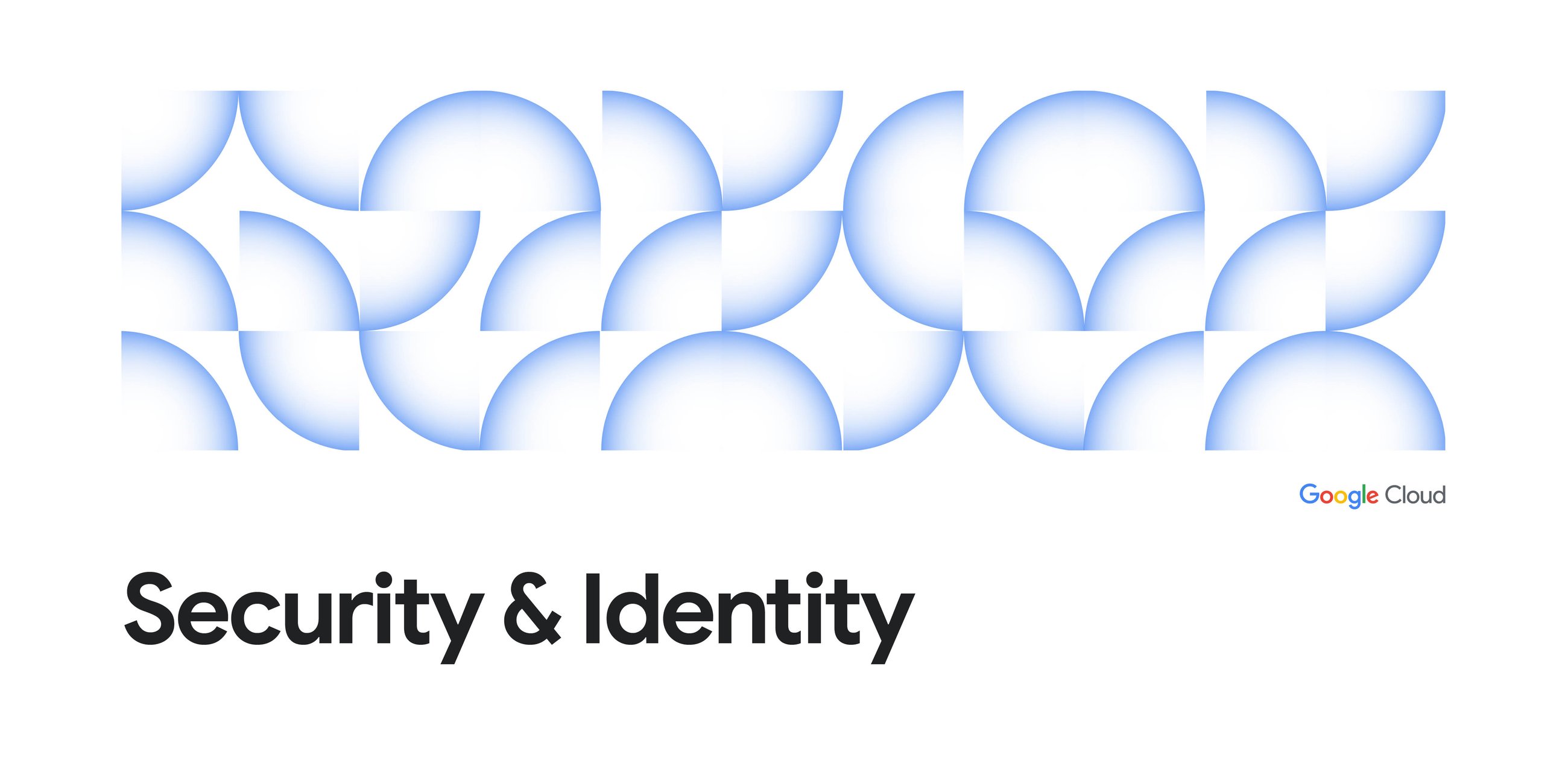
In today’s cloud landscape, safeguarding your cloud environment requires bolstering your Identity and Access Management (IAM) approach with more than allow policies and the principle of least privilege. To bolster your defenses, we offer a powerful tool: IAM Deny Policies.
Relying only on IAM Allow policies leaves room for potential over-permissioning, and can make it challenging for security teams to consistently enforce permission-level restrictions at scale. This is where IAM Deny comes in.
IAM Deny provides a vital, scalable layer of security that allows you to explicitly define which actions principals can not take, regardless of the roles they have been assigned. This proactive approach can help prevent unauthorized access, and strengthens your overall security posture, providing admin teams overriding guardrail policies throughout their environment.
Understanding IAM Deny
The foundation of IAM Deny is built on IAM Allow policies. Allow policies define who can do what and where in a Google Cloud organization, binding principals (users, groups, service accounts) to roles that grant access to resources at various levels (organization, folder, project, resource).
IAM Deny, conversely, defines restrictions. While it also targets principals, the binding occurs at the organization, folder, or project level — not at the resource level.
Key differences between Allow and Deny Policies:
-
IAM Allow: Focuses on granting permissions through role bindings to principals.
-
IAM Deny: Focuses on restricting permissions by overriding role bindings given by IAM Allow, at a hierarchical level.
IAM Deny acts as a guardrail for your Google Cloud environment, helping to centralize the management of administrative privileges, reduce the need for numerous custom roles, and ultimately enhance the security of your organization.
Source Credit: https://cloud.google.com/blog/products/identity-security/just-say-no-build-defense-in-depth-with-iam-deny-and-org-policies/



